
The End of an Old Song
1969
0h 30m
John Cohen, founding member of the ‘50s folk troupe the New Lost City Ramblers, started making films in order to bring together the two disciplines he was heavily active in: music and photography. The End of an Old Song brings us to North Carolina, and demonstrates the power of old English ballads sung with gusto while soused in a saloon.
If current server doesn't work please try other servers beside.
Similar Movies

Sans soleil
A woman narrates the thoughts of a world traveler, meditations on time and memory expressed in words and images from places as far-flung as Japan, Guinea-Bissau, Iceland, and San Francisco.
Rating:
7.426/10
Votes:
256
Year:
1983

The Shadows: Live
The kings of twang perform live at the Birmingham NEC in 1986, stepping out of Cliff Richard's shadow to showcase their own back catalogue of hits, including 'Apache' and 'Cavatina'.
Rating:
0.0/10
Votes:
0
Year:
2000

Le sarcophage glacé de Mongolie
Rating:
5.7/10
Votes:
3
Year:
2014

Lovci lebek
Rating:
0.0/10
Votes:
0
Year:
1954

The Children Must Learn
Documentary profiling an Appalachian farming family struggling to scrape out a living. Linking education and economic development, The Children Must Learn suggests that better schooling, especially in agricultural techniques, would bring improvement.
Rating:
0.0/10
Votes:
0
Year:
1940

Afričtí trpaslíci
Rating:
0.0/10
Votes:
0
Year:
1953

King Coal
The cultural roots of coal continue to permeate the rituals of daily life in Appalachia even as its economic power wanes. The journey of a coal miner’s daughter exploring the region’s dreams and myths, untangling the pain and beauty, as her community sits on the brink of massive change.
Rating:
7.5/10
Votes:
2
Year:
2023

戲棚
This film is a portrait of unique cultural space for Spirits, Gods and People. While permanent theatres are commonly built in most cosmopolitan modern cities, Hong Kong preserves a unique theatrical architecture, a Chinese tradition that has lasted more than a century - Bamboo Theatre.
Rating:
6.8/10
Votes:
4
Year:
2019
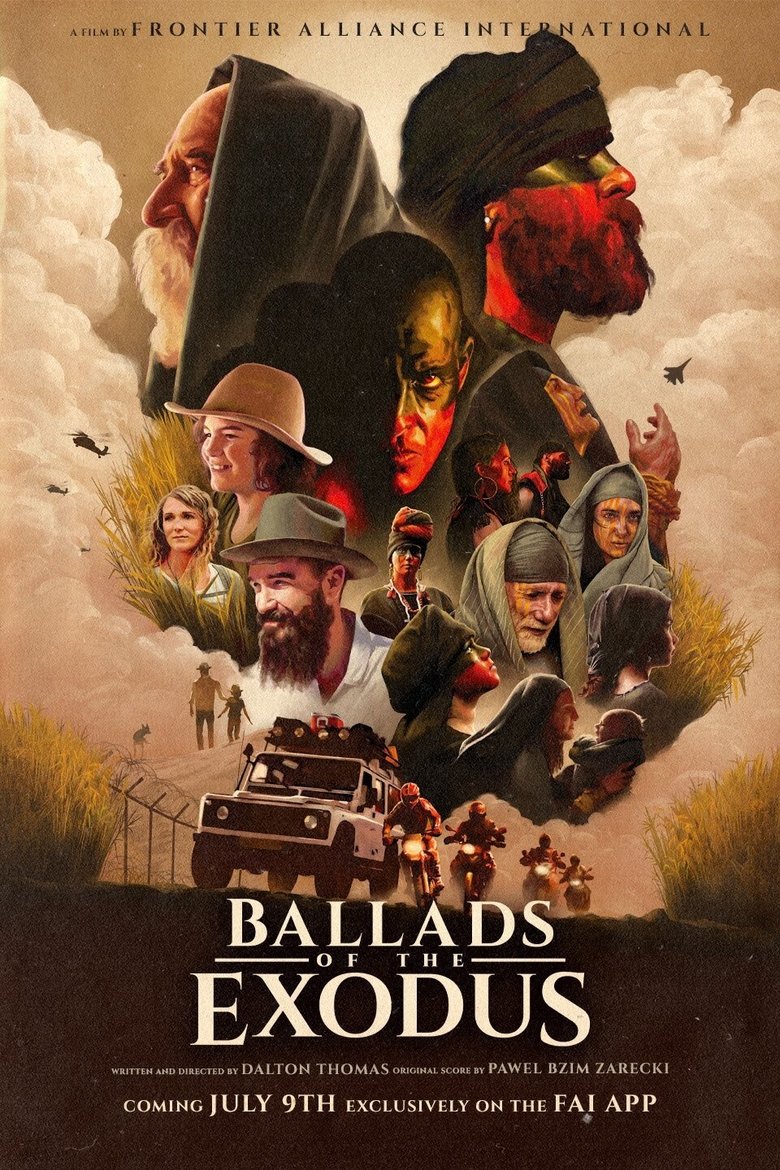
Ballads of the Exodus
The life of Moses as told through the Book of Exodus, the imagination of a dying boy, and the ballads of his father.
Rating:
0.0/10
Votes:
0
Year:
2020
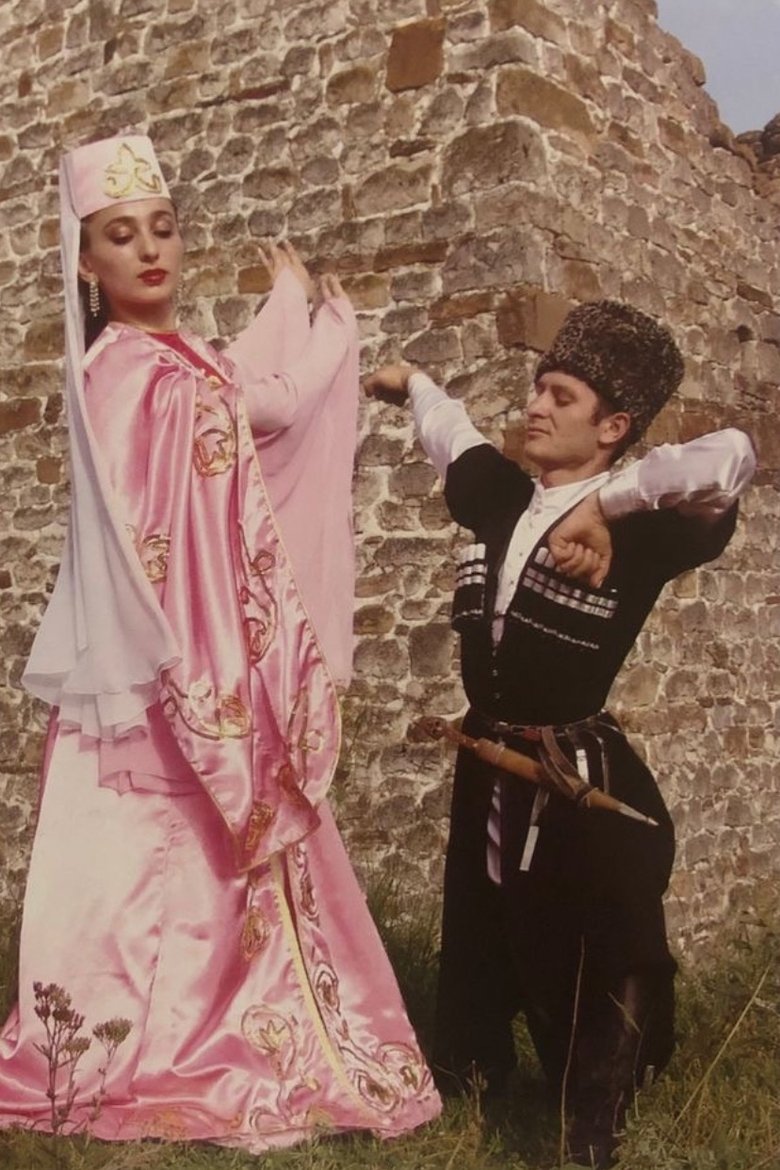
Мелодии гор
Film about the singing and dancing culture of the Ingush people
Rating:
0.0/10
Votes:
0
Year:
2006
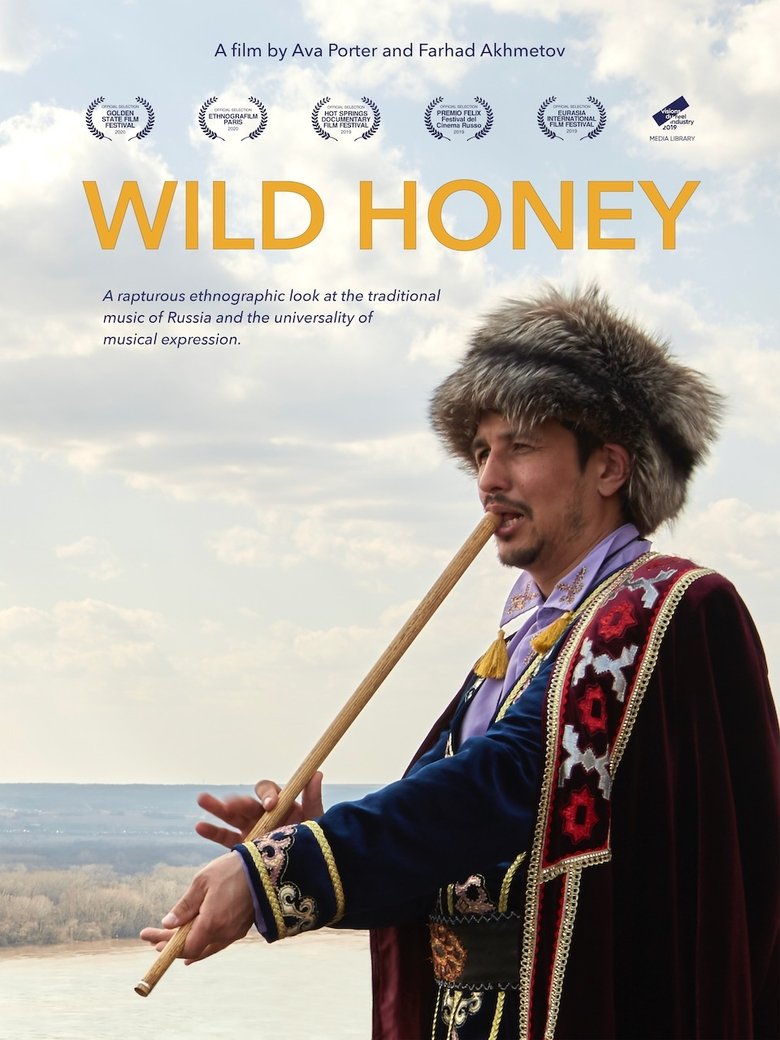
Wild Honey
Rating:
0.0/10
Votes:
0
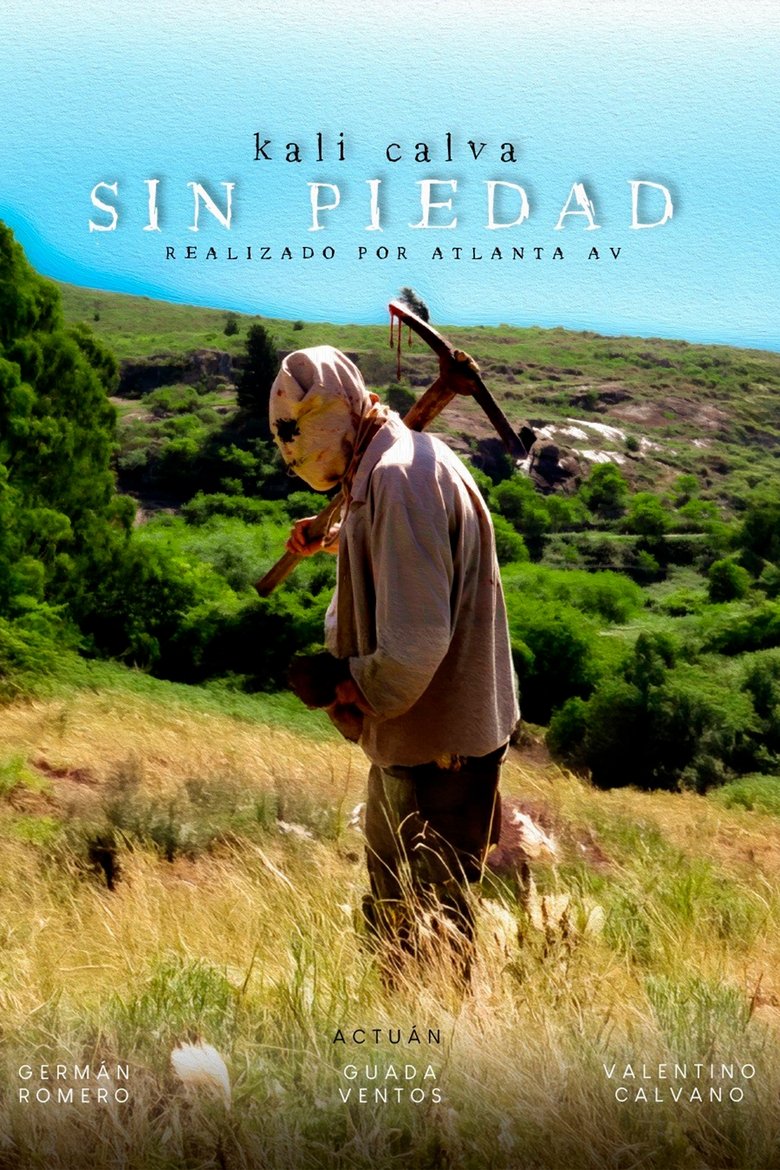
SIN PIEDAD
Under the relentless sun, a killer stalks through the mountains, where the innocence of a young couple becomes prey. With no shadows to hide their fate, the hunt is a macabre game in broad daylight, where fear is not hidden in the darkness, but burns with the rawness of the unperturbed noon.
Rating:
10.0/10
Votes:
1
Year:
2025
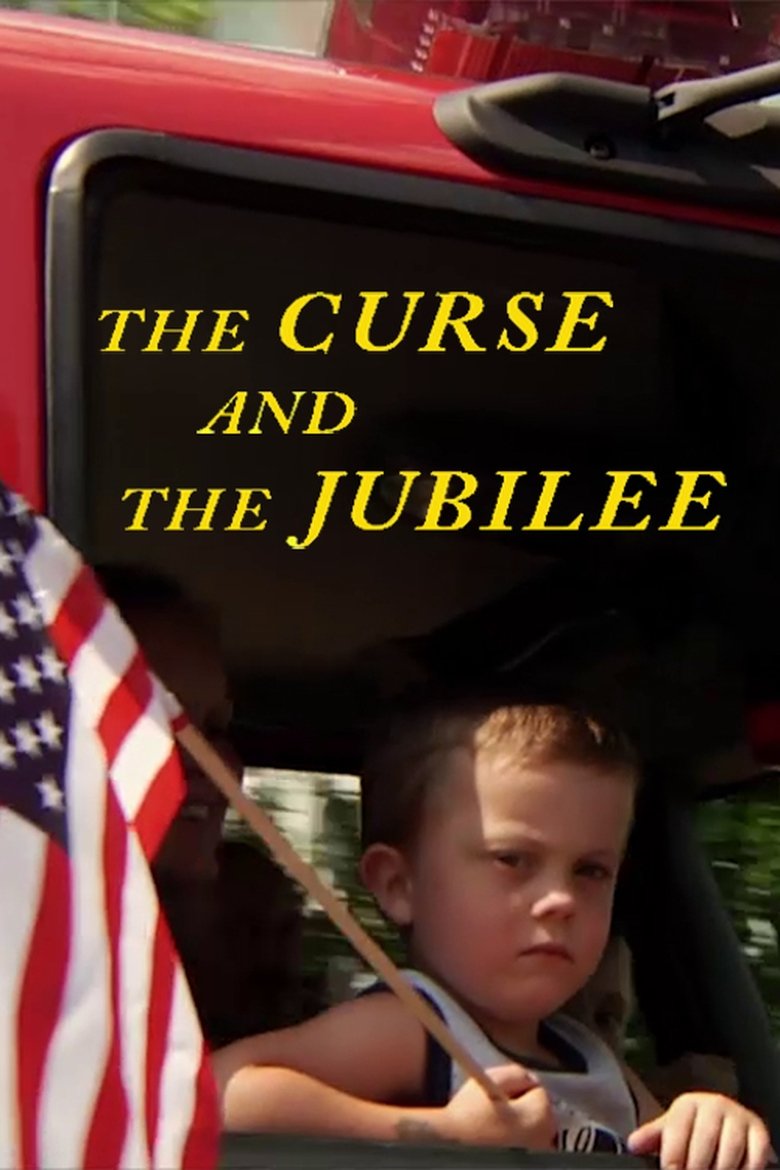
The Curse and the Jubilee
An intimate, arresting portrait of the cursed Appalachian mining town of Ivanhoe, Virginia. The film captures the town as it prepares for the annual Jubilee, a wild 4th of July celebration where families and neighbors let loose and triumph over daily hardships, industrial abandonment, and race.
Rating:
0.0/10
Votes:
0
Year:
2018

Worlds of Ursula K. Le Guin
The extraordinary life story of science fiction and fantasy writer Ursula K. Le Guin (1929-2018) who, in spite of remaining for many years on the sidelines of the mainstream literature, managed to be recognized as one of the most remarkable US writers of all time, due to the relevance of her work and her commitment to the human condition.
Rating:
7.8/10
Votes:
15
Year:
2018

Hillbilly
A documentary that examines the cultural stereotype of the people of Appalachia and how that has affected America's relationship with its rural communities.
Rating:
7.0/10
Votes:
7
Year:
2018

Barcelona
A walk through the landscapes of the province of Barcelona, Spain, as well as a testimony of the daily life and customs of its inhabitants.
Rating:
6.0/10
Votes:
1
Year:
1929
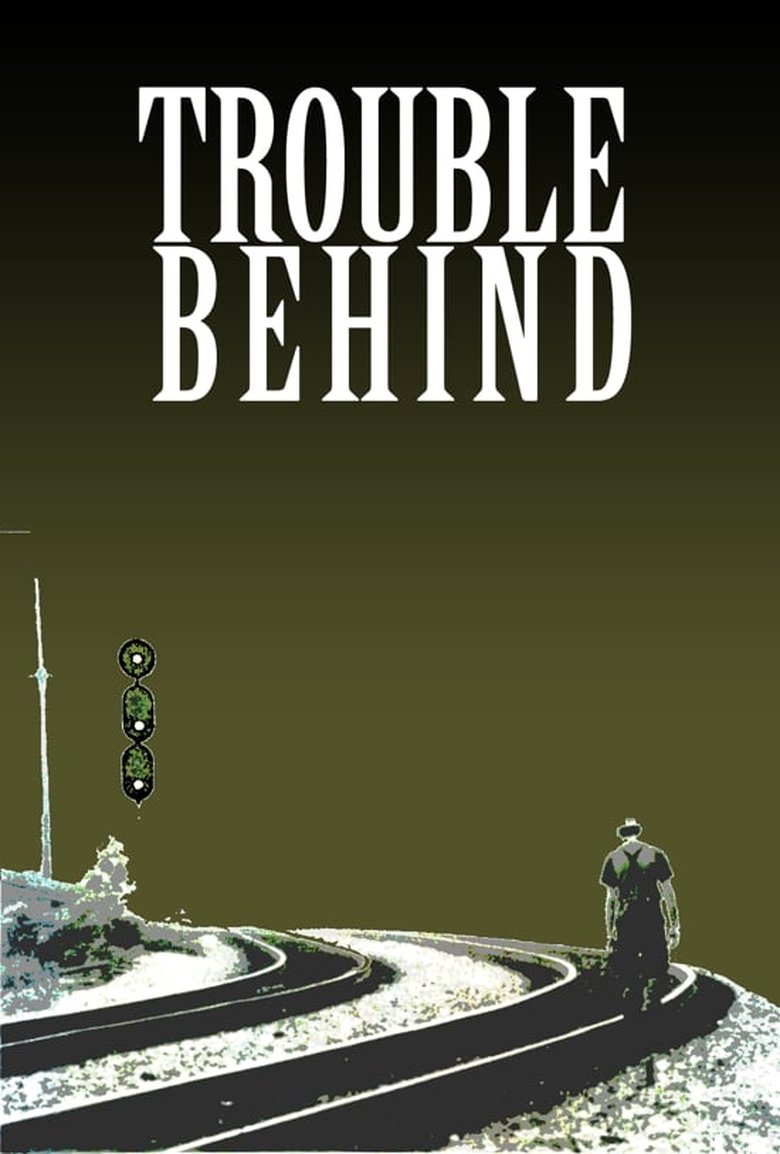
Trouble Behind
During World War I, African-Americans worked on the railroad near Corbin, Kentucky. When whites returned from the war, there was conflict. Whites sought their former jobs and positions in the community. In 1919, a race riot occurred. Whites put the African-Americans on railroad cars and ran them out of town. In Trouble Behind, members of the Corbin community speak out on the issue. The filmmakers also interview former members of the Corbin, which at the time of filming had only one black family. Some Corbin residents express confusion as to why African-Americans don't move back. Others openly use racial epithets. Some young adults seem troubled by the racism, past and present. Others don't.
Rating:
0.0/10
Votes:
0
Year:
1991

Why Dinosaurs?
A dinosaur-obsessed teen and his filmmaker father travel the world interviewing paleontologists about the latest discoveries, tracking down the crew of Jurassic Park, digging up 150-million-year-old bones, and meeting dino fanatics of all walks of life.
Rating:
0.0/10
Votes:
0
Year:
2025

봄날의 기억
The third and final installment in BTOB's Ballad Trilogy, "Remember That" tells the story of a man reminiscing his past love.
Rating:
0.0/10
Votes:
0
Year:
2016
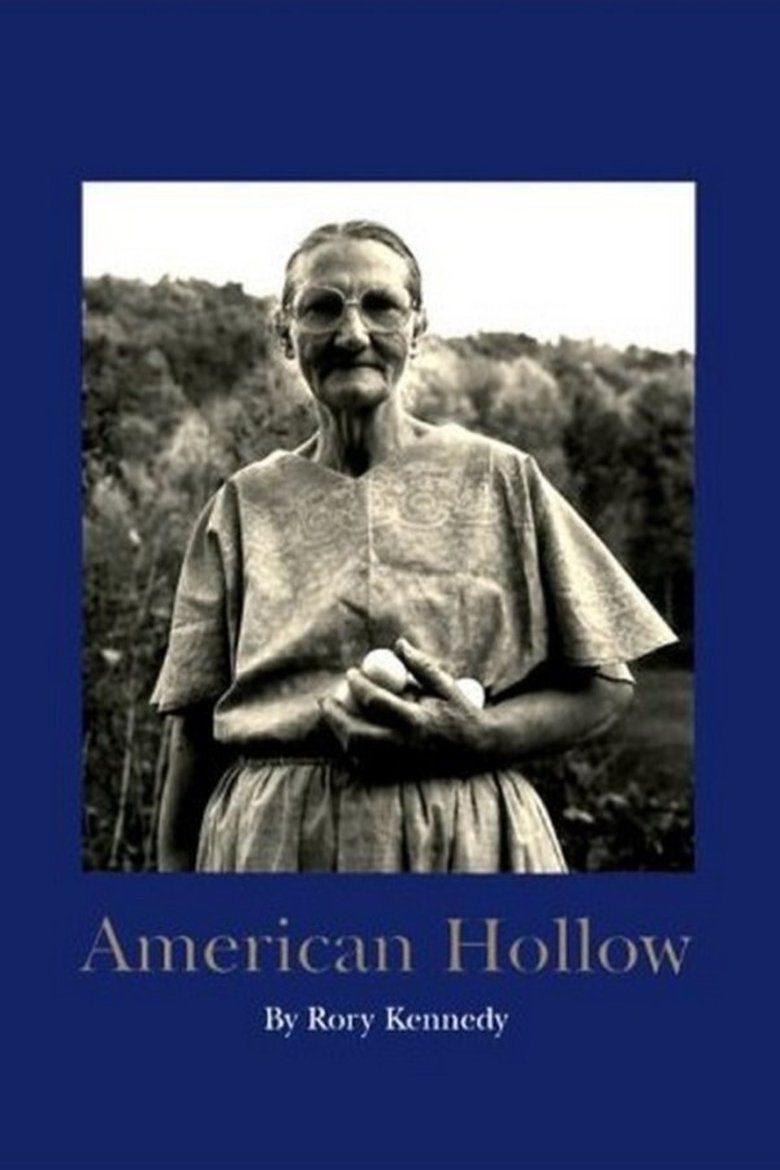
American Hollow
This documentary follows the lives of the Bowling family as they fight to survive in dirt-poor Appalachia. Matriarch Iree has given birth to 13 children, but only two have left to seek better lives in Ohio while the rest have married and started their own impoverished families near home. Uneducated and unskilled, all are unemployed, and domestic violence and alcoholism pose serious problems. The filmmakers explore the family's relationships through interviews and footage of their daily lives.
Rating:
5.75/10
Votes:
8
Year:
1999
If current server doesn't work please try other servers beside.